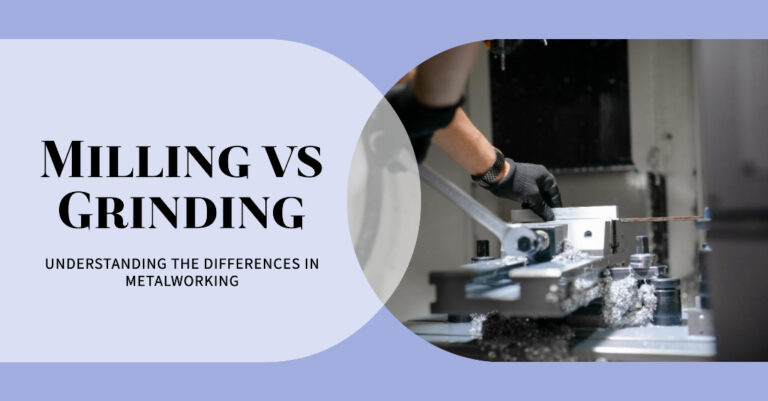Lathe Tool Sharpening System

You and I both know there’s nothing like turning a raw piece of wood into a work of art. The secret sauce? A razor-sharp tool. Just like a top chef relies on a keen knife, we need our tools in prime condition to make magic happen.
A good sharpening system is a game-changer. It’s not just about quality; it’s also about keeping things safe and precise.
We’ll explore the best techniques, how to pick the right system, and tips to keep your tools in peak form.
The Best Lathe Tool Sharpening System
What does “best” really mean when we talk about a sharpening system? Well, “best” is often in the eye of the beholder. What works for me might not be your jam.
That said, there are universal traits that turn a ho-hum system into a standout. A stellar sharpening setup is efficient, long-lasting, and easy to use. It’s your go-to, always reliable, especially when you’re mid-project and need your tools to be spot-on.
Factors to Consider When Selecting Lathe Tool Sharpening Systems
Picking the right sharpening system is a lot like choosing the perfect pair of shoes. It should meet your needs, be easy to use, and fit within your budget.
Feeling overwhelmed by the options? Don’t sweat it. Here are some key factors to keep in mind:
Easy Installation: You don’t want to spend all day setting up. A good system should be quick and simple to install so you can get to sharpening ASAP.
Slow Speed Grinder: Faster isn’t always better. A slow grinder prevents your tools from overheating, extending their lifespan.
Sharpening Jig: Think of it as your guiding hand. It helps you sharpen at the right angle, every time.
Adjustable Heavy-Duty Tool Rest: When it comes to sharpening, stability is a must. An adjustable tool rest gives you that, making your work easier.
Other Top Wood Lathe Tool Sharpening Systems
So you know what to look for in a sharpening system. Let’s check out some top picks available on the market.
Keep in mind, the best system for you fits your needs and workflow, not just your budget. Here are some strong options:
Tormek T8 Original – Water Cooled:
The Tormek T8 is where precision meets innovation. Its water-cooled feature keeps your tools from overheating, extending their life. Plus, its variety of jigs can handle multiple tools.
Rikon Professional Power Tools, 80-805, 8″ Slow Speed:
Budget-friendly but high-performing, the Rikon 80-805 is a solid pick. Its slow speed keeps your tools from getting too hot, and the adjustable rests offer you the flexibility you need.
Bucktool 10-inch Variable Speed:
If you like choices, consider the Bucktool. You can set the speed to suit your task, and its sturdy design means it’s built to last.
When Should You Sharpen Your Tool?
One question I often hear is, “When should I sharpen my tools?” The answer is simple: when they start to feel dull. A sharp tool doesn’t just make your work easier; it’s also safer and more accurate.
Feeling like you’re pushing too hard? Seeing the wood tear instead of cut? Those are red flags. Your tool needs a little love.
Don’t underestimate the value of regular checks and touch-ups. Keeping your tools sharp means they’re always ready to perform.
My Recommended Wood Lathe Tool Sharpening Systems
We’ve talked about some top options, but now let me share my personal recommendations based on what I’ve experienced.
Complete Sharpening Systems: Looking for a one-stop solution? The Tormek T8 Original is your best bet. Yes, it’s an investment, but the precision and range it offers are second to none.
Sharpening Jigs Systems: If you already own a grinder, the Wolverine Grinding Jig is your new best friend. It’s simple to use and delivers consistent quality.
Slow Speed Bench Grinder: For a reliable and budget-friendly option, you can’t go wrong with the Rikon Professional Power Tools, 80-805. It keeps your tools sharp without overheating them.
Diamond Hones for Hand Sharpening: Need a quick fix or like the hands-on approach? DMT Diamond Whetstone Bench Stones are my go-to. They’re durable, practical, and come in various grits.
Conclusion
In the captivating craft of woodworking, having sharp tools is non-negotiable. It’s not just about clean cuts or smooth finishes. It’s about your safety, efficiency, and the pure joy of using tools that do exactly what you want.
Think of a quality lathe tool sharpening system as an investment in your craft, your safety, and the life of your tools.
Whether you’re setting up your first workshop or you’re an experienced wood turner looking for an upgrade, I hope this guide has given you valuable insights into achieving that perfect edge.
Frequently Asked Questions
1. What is the best way to sharpen woodturning tool?
The best way to sharpen woodturning tools depends largely on personal preferences, but generally speaking, using a slow-speed bench grinder in conjunction with a sharpening jig will yield consistent and precise results. Hand-sharpening with diamond hones or whetstones can also be very effective for those who prefer a manual touch.
2. How often should you sharpen woodturning tools?
The frequency of sharpening largely depends on usage. If you notice decreased performance rough cuts or find yourself applying extra pressure, it’s likely time for a sharpening session. Regular inspections and touch-ups after every project can keep your tools in top condition.
3. How do you sharpen wood lathe tools without a grinder?
If you don’t have a grinder, fear not! You can still achieve a sharp edge using diamond hones, whetstones, or water stones. Secure the tool, maintain a consistent angle, and move the tool against the sharpening medium in smooth, controlled motions. It may take longer than a grinder, but you can achieve a razor-sharp edge with patience.






